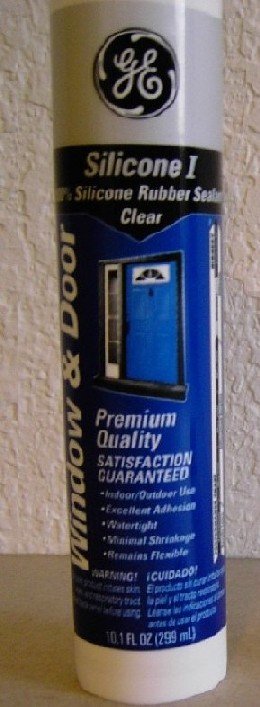richiestang_78
Aquarium Advice Freak
I plan on getting some either Dwarf or Ram Cichlids for one of my tank. I plan on cutting some ceremic plant pots in half to give the fish some places to hide however I want to make them blend more with my dark substrate by attaching some of the substrate itself to the outside. How would I go about doing this and what should I use?

